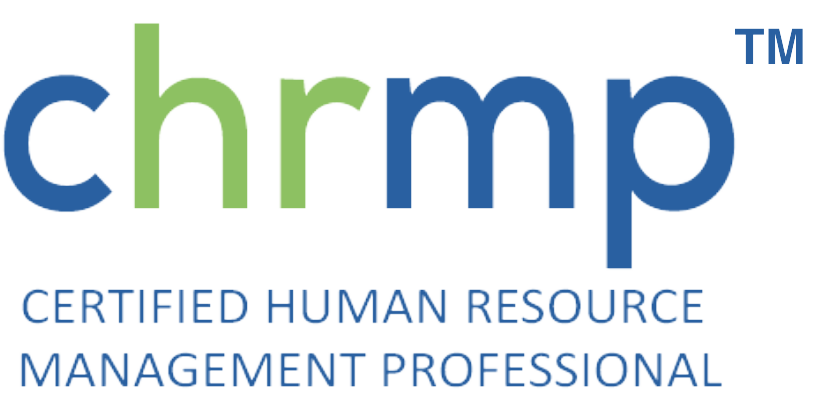In the current days, Engaging employees has taken a bad shape. According to a recent survey, 70% of workforce is actively disengaged. These de motivated employees who otherwise are productive people are losing their interest and the companies are spending around $750 million to remedy this already pertinent problem
There are many sources for this but one of the main reasons is micro management. When employees are asked for small details, it kills the professional development, as employees feel that whatever task they are assigned is scrutinised, regardless of their output.
Its looks like a known term but basically micro management is the process whereby a manager virtually takes over the role the employee is employed to do. This leads to productivity issues and can drastically lower employee morale. Paying attention to the details and making sure the work is getting done is important, however, learning to trust the employees who are hired to take on certain responsibilities is even more important to the long-term success of the business. Micro management may result in short term results, but in the long run it only serves to the detriment of the manager in question.
Managers who tend to micromanage, dilute their own productivity and often lack the capacity to get to the things managers should be focusing on, such as promoting team engagement. What’s more, the process of micromanagement stunts any form of employee development and creates an environment where employees rely heavily on the presence of their managers.
When this occurs, it tends to go one of two ways. Those team members with the great ideas, quality skills and knowledge will remove themselves from any micromanagement situation, while those on the other side of the coin will become office dead weights, waiting for the manager to tell them what to do.
Team vs. Micromanaging
The workforce then becomes completely void of individual initiative. A study in the journal of experimental psychology observed that people who believe they’re being watched performed at a lower level.
What’s more, another study found that knowledge workers are more productive when given autonomy over their own work. When employees are pressured by their managers to work more, they feel less inspired. However, when they are allowed to set their own goals with their manager, they often accept the workload because it’s their choice and thereby their responsibility.
For effective sense and accountability and autonomy should be learnt by the leaders in order to acquire the most of their employees in the work place. Accountability is not exclusively about delegation and delivery of the given tasks but, rather about trusting the employee with a specific undertaking. Accountability contributes to the sense of responsibility, leading to several intrinsic motivators like purpose and accomplishment. Employees feel valued and engaged when they believe that they have accomplished something in the workplace.
While micromanagers may feel like they’re helping their team, they may actually be hurting them by preventing them from developing the essential building blocks of accountability. Leadership coach and New York Times bestselling author Cy Wakeman gave us her views on the value of creating accountability within your team vs micromanaging:
Instead of micromanaging employees and overstepping work boundaries, back off of the work and call people to greatness, working with them to develop themselves into a higher state of accountability. Develop employees by asking for their commitment, developing their resilience, ensuring they easily take ownership and are using their results as fodder for continuous learning. They will grow in their engagement as they understand their ability to have full impact on their own outcomes.
So how to avoid Micro Management:
- Always Set clear expectations to the employees
At the beginning of the month, the employee should discuss exactly what should be done and what is required to do. Setting clear, measurable goals makes it unambiguous about what is expected and opens up a dialogue of communication. By setting goals with employees they’ll have a better understanding of how their work fits into the bigger picture and a sense of control over how to go about achieving these goals. For effective communication, systems like SMART goals and objectives and Key Results (OKRs) should be implemented.
- Clearly communicate what accountability is
During meetings, or individual interaction with each team member, the manager should clearly explain what accountability means and what is expected. If the manager feels the employee is not taking enough ownership or initiative in their work, give them feedback about it. The manager should be unbiased and give a clear indication of improvement areas and the steps to achieve them. By opening the channels of communication allows the manager to build trust and rapport with the teammates.
- Always have a plan
Define and Outline the actions and steps required to get to the end goal. A great way to build the expectations is to make sure the employee is part of the process and there is clarity on how to achieve their goals. Using impraise, set up performance reviews, a manager can easily correct for the next steps. By implementing a planning structure, employees know and understand how to get to a specific goal, without the manager having to micromanage the whole process. This allows the manager to free up some time to get the more important things done.
As explored above, micromanagement can kill motivation and lead to disengagement in the workplace. It’s important to clearly communicate to the managers or team leaders within the organisation how to delegate effectively. Impraise gives managers and employees the opportunity to express feedback whenever they feel they need it the most. When an employee can easily express how they feel toward their managers, it fosters a collaborative and engaged workforce because employees feel trusted and heard. This two-way conversation allows employees and managers to focus on other areas of the business, which then leads to longer business success.






